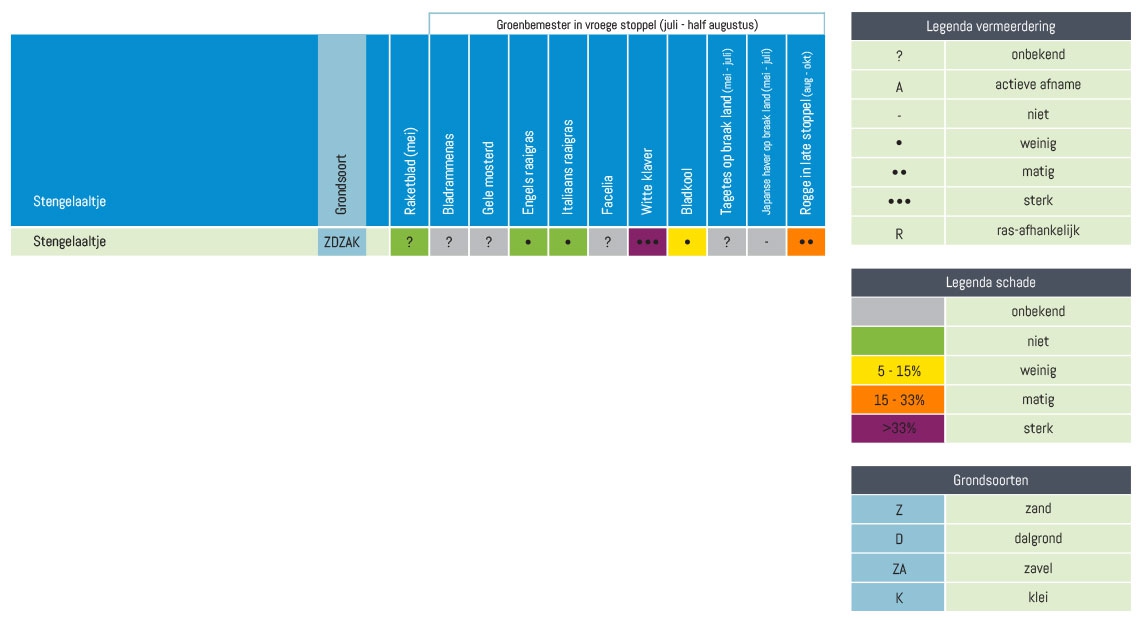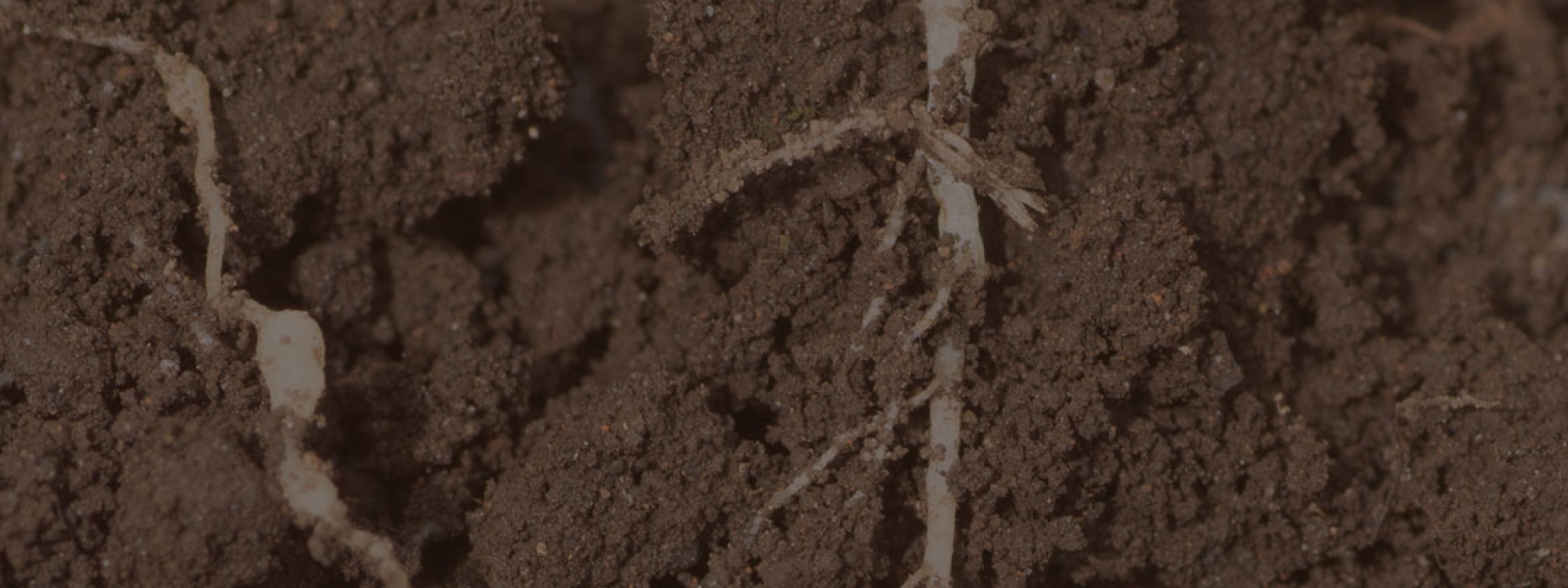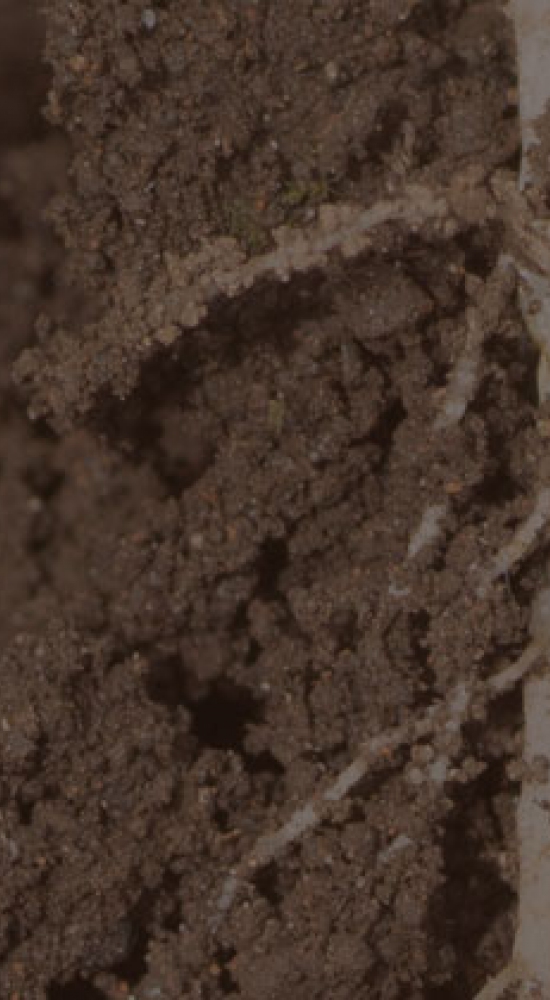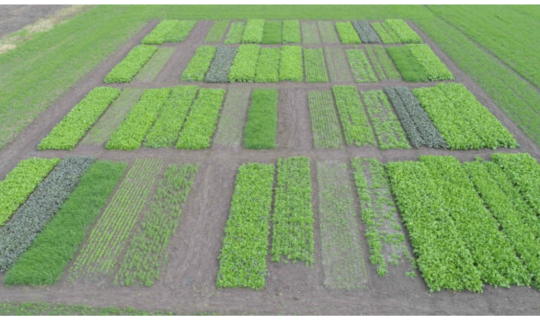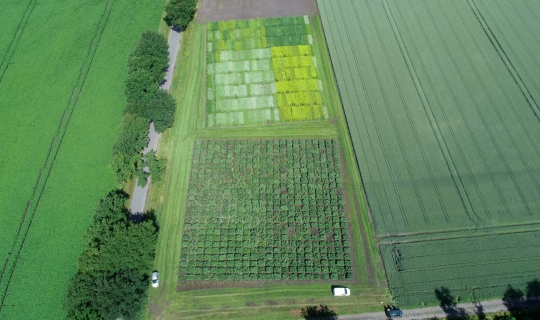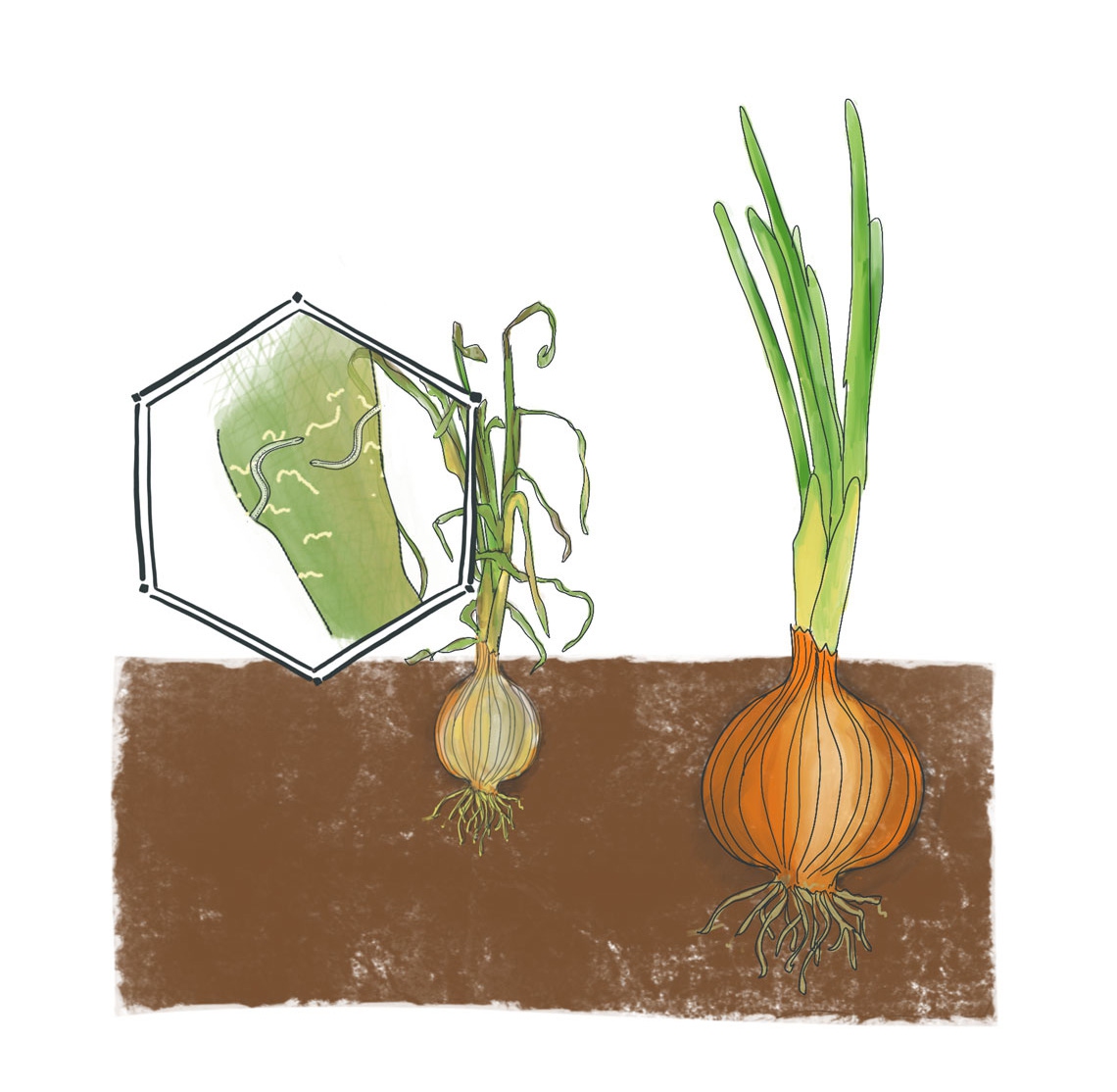
Stem nematodes
Stem nematodes are harmful to a wide range of agricultural and horticultural crops: onions, flower bulbs, carrots, maize, potatoes, legumes and sugar beets. Stem nematodes penetrate the plant tissue and damage the cell walls, leading to growth defects. Noticeable is the curved growth of stalks and stems. In flower bulbs, slits develop in the bottom of the bulb. The leaves of onions are small, the bulbs cracked.
Stem nematodes can survive for years without a host plant. By sticking together, they prevent dehydration. They have a short life cycle with as many as 5-7 generations per year and with 500 eggs. Stem nematodes cause a lot of damage right up to the end of the cultivation. Even in storage, for example of onions, reproduction continues and additional damage occurs. In the event of contamination by stem nematodes, the advice is not to store the products and not to grub up in the case of severe contamination.
Information about the stem nematodes
- Deformed growth and plant failure
- Usually starts with a small patch that gets bigger during the season
- Stunted growth and sensitive to rot
- With carrots and beets, often only visible at the end of the season as rotten heads
- Company hygiene & soil sample research
- Ample crop rotation
- Prevent dumping of sieved soil from contaminated plots
- Stem nematodes can tag along with both seed and planting material, use material that is guaranteed free of nematodes
- Note the host plant status of green manure crops


